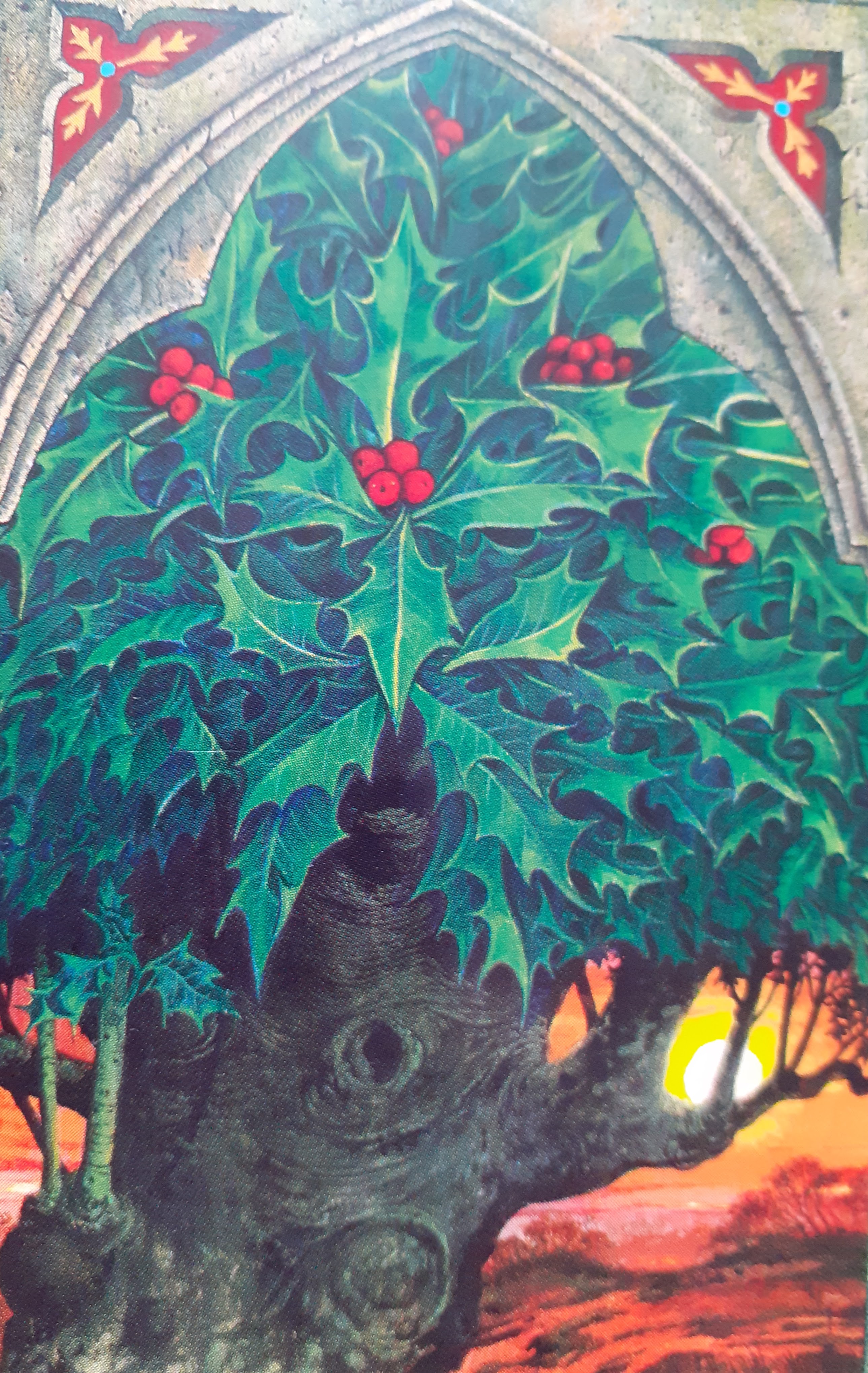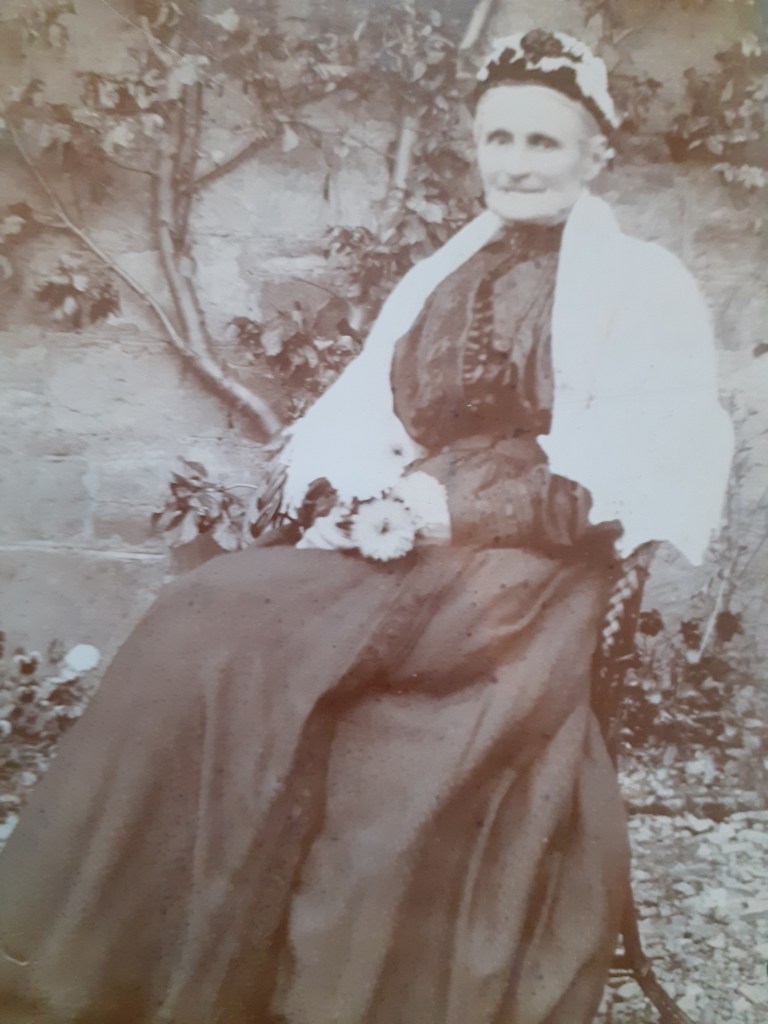WELCOMING 2021
Love and blessings to everyone at the threshold of 2021. May we find both nurture and inspiration in the coming year. It comes to us amid multiple crises and disruptions. May we navigate safely through them during the coming months, finding opportunities within the undoubted challenges ahead.
I end 2020, as I began it, in a watery time and place. The picture above, taken after a storm on Christmas Eve, shows a lively flow of water at the gateway. Wellies are needed for anyone wanting to walk on through. This kind of flooding was once rare and has now become normal. (A more traditional after-rain normal is shown in the picture below.) Not far away, buildings were flooded. Since then there has been snow, which has stuck in some parts of our locality and not in others.
In my part of the world, raised levels of wind and flooding, this year and last – and in other years going back for over a decade – are enough to show climate change in action to anyone with their eyes open – though they are less dramatic than events in other parts of the world. There signs that the partly engineered trance of public inattention in much of our public discourse has started to weaken. As the worst of the Covid pandemic comes to an end, I hope that we see more focus to the underlying existential threat of climate change, backed up by levels of action that can make a real difference.
In my last post of 2020, I continue to draw strength from the rhythms and powers of nature, even in their alterations. The strength of a stream rushing into the Stroudwater canal, with the land and the exposed tree trunks all around, lifts my spirits. In 2020, I set out to give prominence to the wheel of the year in my contemplative inquiry, mapping it back into a Druid based spiritual culture. I focused less on the feast days themselves than on the gradual turning of the wheel. A tree mandala, based around sixteen trees, became an important means of supporting this, with the proviso that it is an aid to direct experience. It is not an overwriting of it or a substitute for it.
I am less clear about 2021. My guess is that I will reduce the volume of my blogging, at least for a while, as I have done at times in the past. It will depend on the flow of the year – what themes may be emerging, what else may be happening in my life – which this time I cannot predict. I hope to be safe and I trust that I will continue to be life-loving, beautifully companioned, curious and grateful. I wish all good things, whatever they are for you, to readers of this post.


















